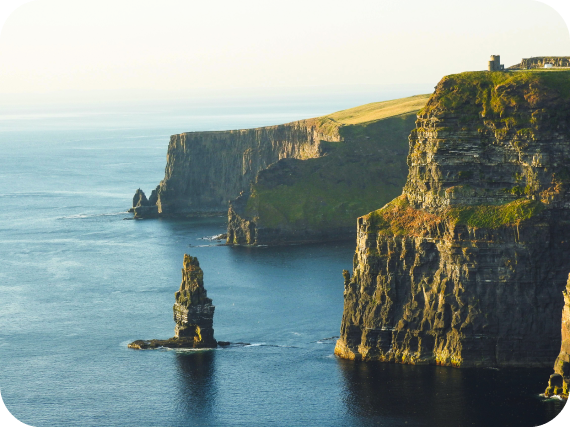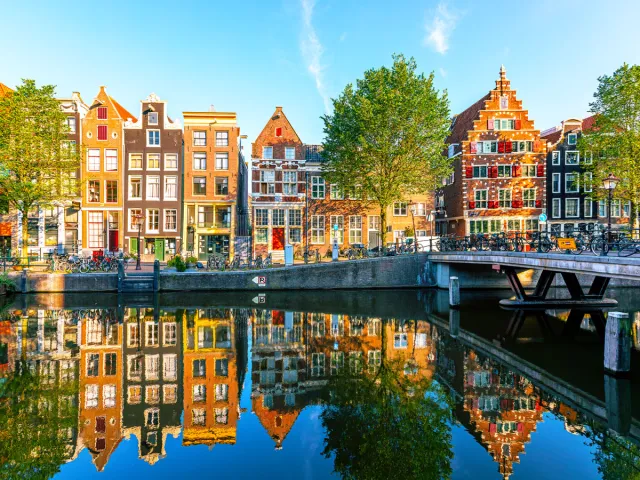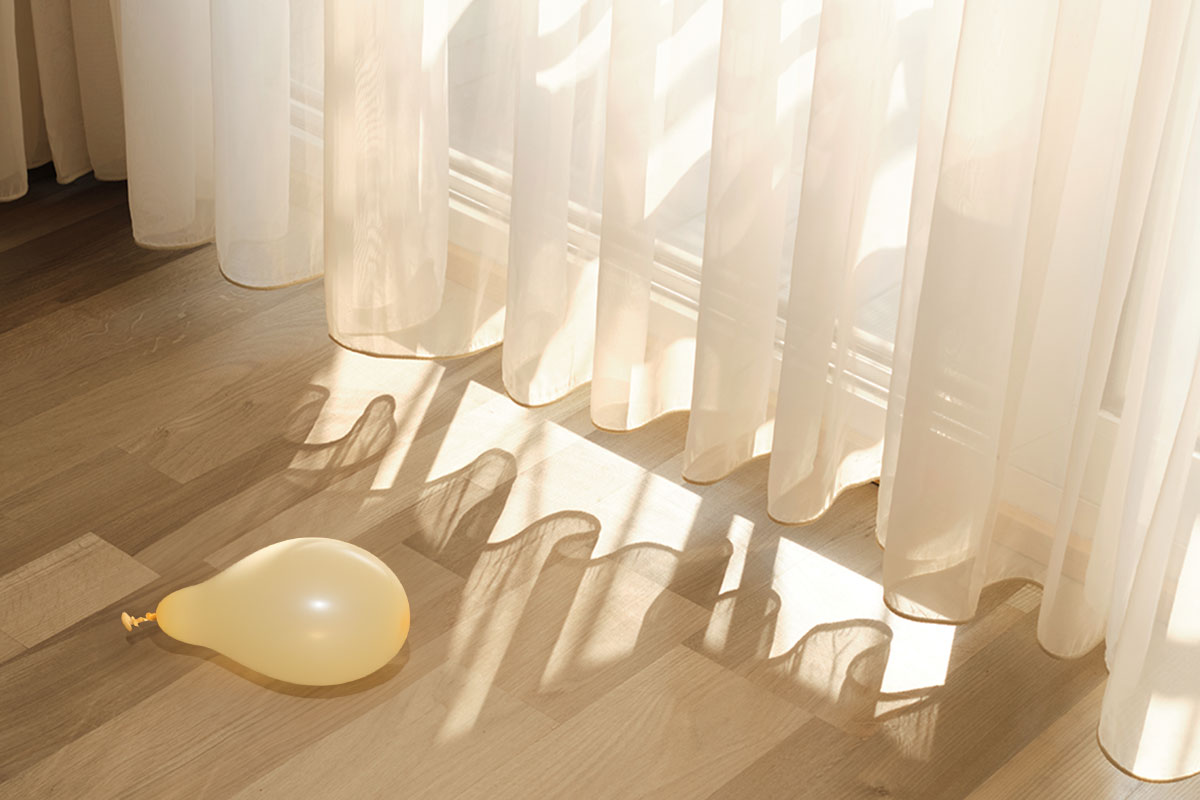By the late Victorian period during the second half of the 19th century, American architecture had entered a new era. Styles such as Queen Anne, Victorian Gothic, Stick-Eastlake, Second Empire, and Renaissance Revival — all commonly held to be examples of Victorian architecture — were more ornate in design than those that had preceded them. In the U.S. today, many buildings blend elements from more than one of these styles, their architects looking to history for inspiration yet adapting their designs to the tastes of the time. The result is worth traveling for: Here are five spectacular examples of Victorian architecture that you’ll want to see with your own eyes.
The Painted Ladies – San Francisco, California
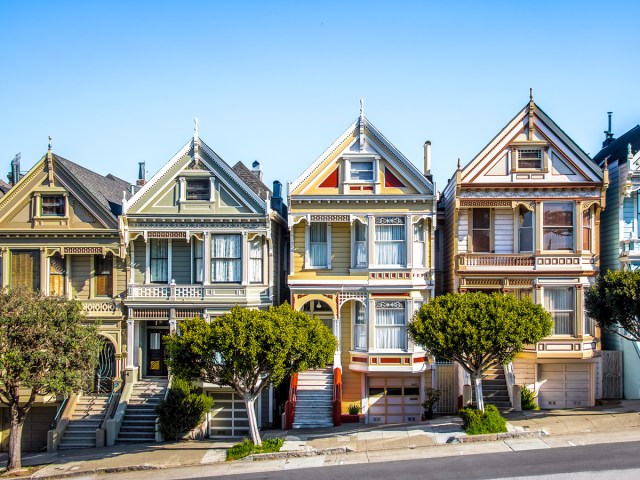
As a result of the 1849 gold rush, the population of San Francisco increased dramatically, fueling a housing boom. As new homes were built, the elaborate Queen Anne style of architecture became popular during this time, and the city’s most famous examples are the Painted Ladies, built between 1892 and 1896.
These ornate row houses, located on Steiner Street across from Alamo Square Park, were the work of Matthew Kavanaugh, who lived at No. 722. There were other examples of similar houses at the time, but many were destroyed by the devastating fire that engulfed San Francisco following the 1906 earthquake. In the 1960s, the city decided to paint these properties to accentuate their signature architectural details — such as gable ends, overhanging eaves, covered porches, and lacy woodwork — turning them into one of the most photographed spots in the city today.
1892 Bishop’s Palace – Galveston, Texas
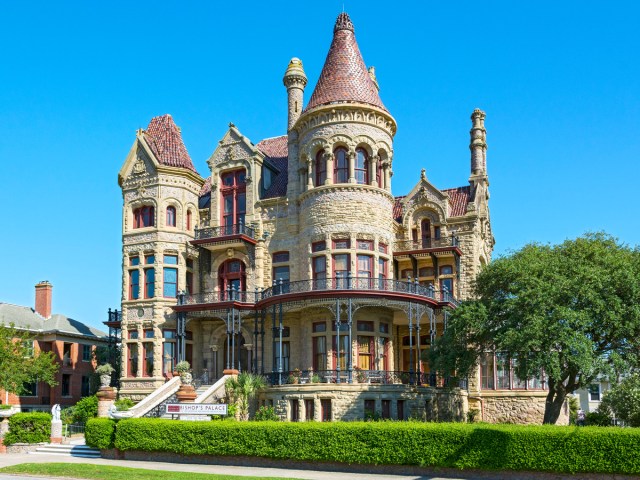
1892 Bishop’s Palace (also known as Gresham House or Gresham’s Castle) is a much-loved landmark in Galveston’s East End Historic District. Attorney and railroad executive Walter Gresham commissioned architect Nicholas Clayton to design it. Clayton opted to build a solid structure out of steel and stone, which took five years to construct between 1887 and 1892.
The decision turned out to be a wise move when the Great Storm of 1900 barreled through Galveston. This powerful hurricane caused extensive damage to the city, but fortunately, the house survived. Today, its turreted exterior — coupled with the intricately carved wood, stained glass windows, and vaulted ceilings of its interior — make it one of the most notable examples of Victorian architecture in the state.
Shelton McMurphey Johnson House – Eugene, Oregon
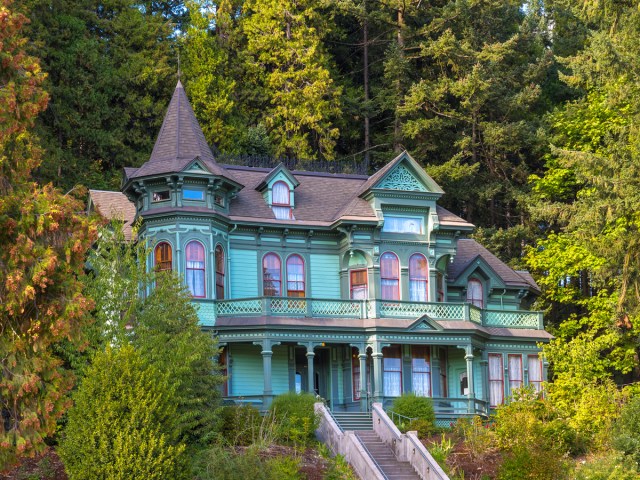
Shelton McMurphey Johnson House is another beautiful example of Queen Anne architecture, which typifies the Victorian period. Dubbed the “Castle on the Hill” because of the panoramic views it enjoys, the house gets its official name from those who lived in it. Winthrop Shelton and his family were the first to occupy the house in 1888, a year later than planned after the original structure was set alight by a workman with a grudge and had to be rebuilt.
Many of its features reflect the love of ornate design that characterizes Victorian architecture, among them a polygonal tower, bay windows, open porch, and carved exterior woodwork. Today, visitors can tour the first floor and explore its sitting room, parlor, kitchen, and dining room to get a sense of what it might have been like to live there more than a century ago.
St. Peter’s By-The-Sea Episcopal Church – Cape May, New Jersey
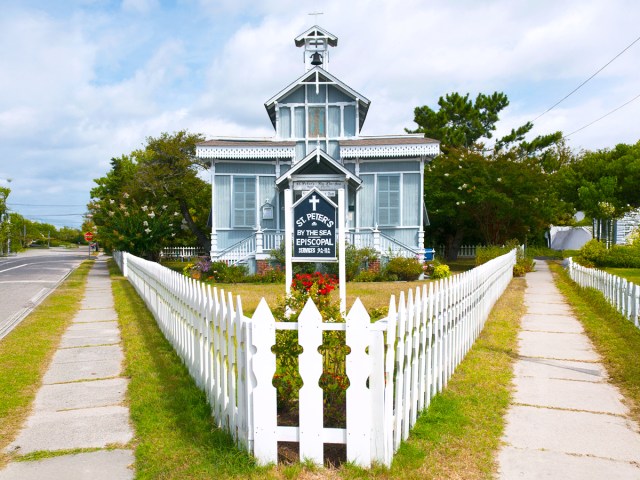
The delightful St. Peter’s By-The-Sea is a well-preserved example of Stick-Eastlake architecture. White stick detailing complements the pretty pastel blue siding of this Episcopal church, which is nicknamed the “Gingerbread Church” for the gingerbreadlike skirt below the clerestory.
The original structure was actually erected as part of the 1876 Centennial Exposition in Fairmount Park, Philadelphia. In need of a building to house his congregation, Reverend W.R. Stockton purchased it three years later and transported it to Cape May Point, where it was named St. Peter’s By-The-Sea. The church has been moved several times since then: In 1881, it was located close to the sea on the corner of Cape Avenue and Beach Drive, but 15 years later it was moved inland because of coastal erosion. It has stood on its present site since 1903.
Hotel Florence – Chicago, Illinois
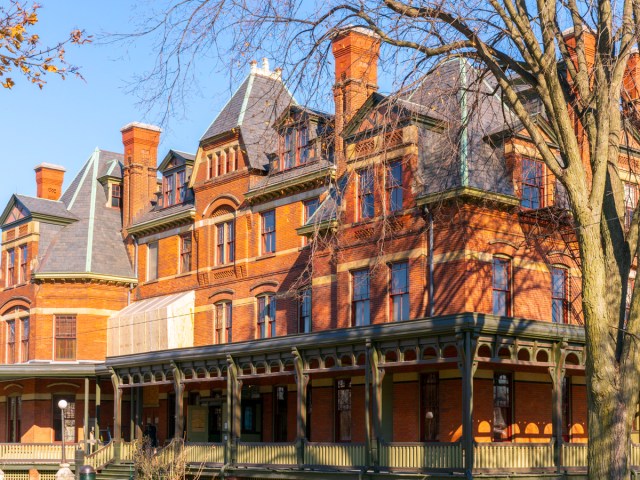
Hotel Florence forms part of Chicago’s Pullman National Historical Park, together with Greenstone Church and the former Pullman Palace Car Works shops and administration building. George Pullman, inventor of the Pullman sleeping car, commissioned the 50-room property, which he named after his daughter. The work of architect Solon Spencer Beman, it was built in 1881 to accommodate railroad executives visiting the company town of Pullman.
The four-story structure is unmistakably of its time, boasting red brick walls, dormer windows, a slate roof with a steep pitch, and a wraparound wooden porch. Inside, it’s clear to see where some of the $100,000 it cost to build (more than $3 million in today’s dollars) was spent, from the cherry wood lavished on the first floor to the luxurious Pullman Suite, reserved for George Pullman’s exclusive use.
More from our network
Daily Passport is part of Optimism, which publishes content that uplifts, informs, and inspires.


